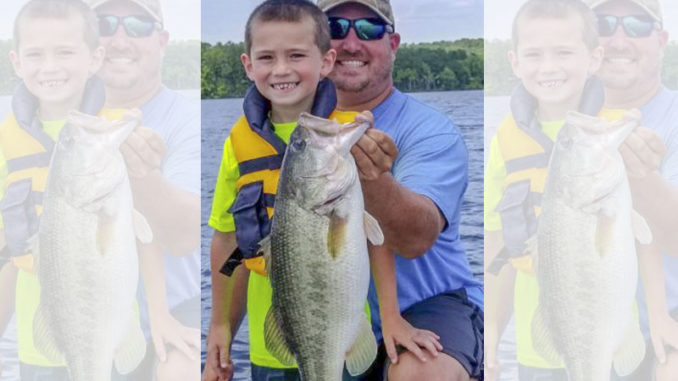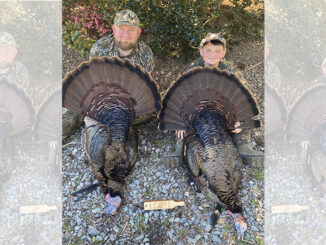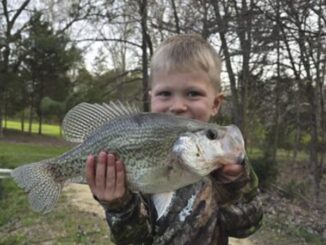
Start looking more in creeks this month as water cools
Anglers itching to fill a bag with big largemouth bass will need to be ready for a shift in September. But with a little searching, willing fish will be ripe for the plucking on North Carolina’s Jordan Lake.
According to local tournament angler Jonathan Phillips of Pittsboro, N.C., Jordan’s bass will likely be in similar areas as their summer pattern — only shallower as water temperatures cool and baitfish begin migration.
“It’s all baitfish-related,” said Phillips. “The bass will be coming out of their summer pattern and following the baitfish as they move out — coming closer to the shore. Some fish will move into the mouths and first thirds of the creeks, but most will be in offshore areas.”
Phillips touts stumps and rocky places on points as well as old road beds and isolated patches of timber as key areas to focus on during this time. Although water temperatures will likely begin to slowly slide down, the thermocline is still subject to hover in the 10-foot range — depending on temperature, rain, and water movement — meaning most fish will be caught just above this depth and shallower.
Make it easy on the bass, and they’ll bite
“The water is still warm,” said Phillips, “and they’ll be a little lethargic, not really wanting to chase. So, I slow my presentation down. A football jig or a big worm on a Carolina rig are good baits to use. What energy they do expend, they use eating a big meal. I use green pumpkin, red bug, or junebug colors with a ½- to ¾-ounce weight on 15-pound P-Line fluorocarbon. It’s also a good time to fish a shaky head. It probably gets more bites over the course of a day.
“A lot of fish will suspend this time of year, especially around the isolated patches of timber. The timber may be in 12 feet of water, but the fish will be 4 or 5 feet deep. You can throw a spinnerbait or a swimbait on a ½ to 3/4-ounce jighead around those: anything that imitates a shad. Or you can bounce a square-billed crankbait off their head and get a reaction strike. Laydown trees can also be a part of the pattern. A lot of Jordan’s have rotted away, but the (U.S. Army Corps of Engineers) has cut down and cabled some off, so there’s more than there used to be.”
Phillips prefers the section of Jordan Lake from the S-turns on the southern end of the main lake to the rocks in the Haw River.




